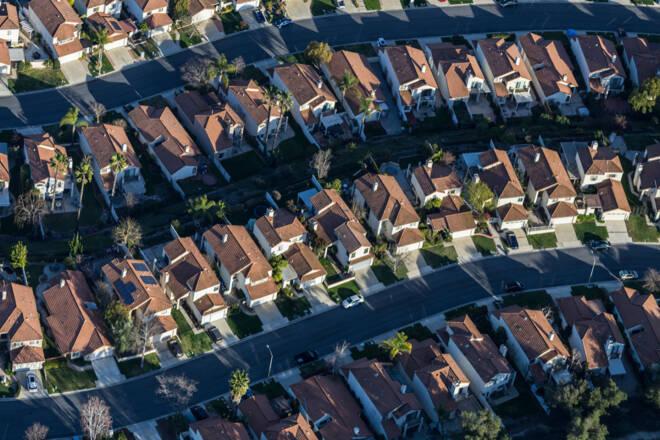Advertisement
Advertisement
The End of the Middle-Class? Exploring the Great Wealth Transfer.
By:
With the income inequality between social classes growing to unprecedented levels, is the middle class destined to vanish?
In this episode of ‘Live from the Vault’ by Kinesis Money, Andrew invites macroeconomic scholar and director, Peter Antico, to address further the burning questions of growing income inequality and corruption, explored in his latest documentary, ‘‘The Paradigm of Money”.
Taking aim at the market manipulation at large, Pete takes a deep dive into the failings at the heart of the American financial system, using his movie as an eye-opening medium to expose the shocking degree of sanctioned stealing and exploitation of regular citizens.
We are not in the same boat.
Although the global financial crisis has observably affected the vast majority of the population globally, significantly lowering the standard of living for the average person, it also has clear winners who have successfully managed to elevate their fortunes to inexplicable levels.
However, the unprecedented scale of the Global Wealth Transfer between the 90% of society and the 1% oligarchic class bears all the hallmarks of a broken chain of integrity between the government, leading banking institutions and the rest of the society.
Middle Class on food stamps.
Meanwhile, the government’s detrimental response to Covid-19 – which has led to the destruction of the supply chain and the devaluation of the dollar – is now taking its toll not only on the regular people and their businesses but on entire nations, reconstituting their socio-economic structure.
The American Middle-Class, which only a couple of years ago constituted roughly half of households, is now on the brink of eradication. The inflationary environment of the post-pandemic financial crisis squeezes the average consumer, whose entire capital is drained just by essential expenses. The median income does not support what used to be a Middle-Class lifestyle, pushing an entire segment of the population a few steps closer to poverty.
Too Big to Fail
But why are the rich getting richer and the poor getting poorer? As Pete Antico points out, one of the major differences between Main Street and Wall Street is their Too Big to Fail internal policy. The largest institutions can count on taxpayer-funded trillion-dollar bailouts from the government, while the average citizen gets conditioned to accept and standardise such behaviour. In Pete’s words:
“The government bails out banks for committing fraud is nefarious behaviour. If the general public is just behind on a credit card, they will not receive such help. It’s a rather empirical system, and there’s not a lot of accountability even in the Congress.”
So, is it possible for the average American to protect their savings from the big market players? Time will tell if shifting the paradigm of money is at all possible. However, financial education and opening the eyes of the wider public to the scale of market malfeasances might be the first step in creating a better monetary alternative that is freer, sustainable, and benefits the regular citizens.
Jai Bifulco, Chief Commercial Officer, Kinesis Money
About the Author
Jai Bifulcocontributor
Jai has a track record of driving business growth in director, executive, partner, advisor, and global leadership roles at both established international and early-stage companies. His diverse commercial and operational experience spans the FinTech, precious metals, mining, financial services, investment and trading spaces.
Advertisement
